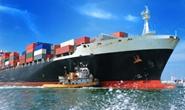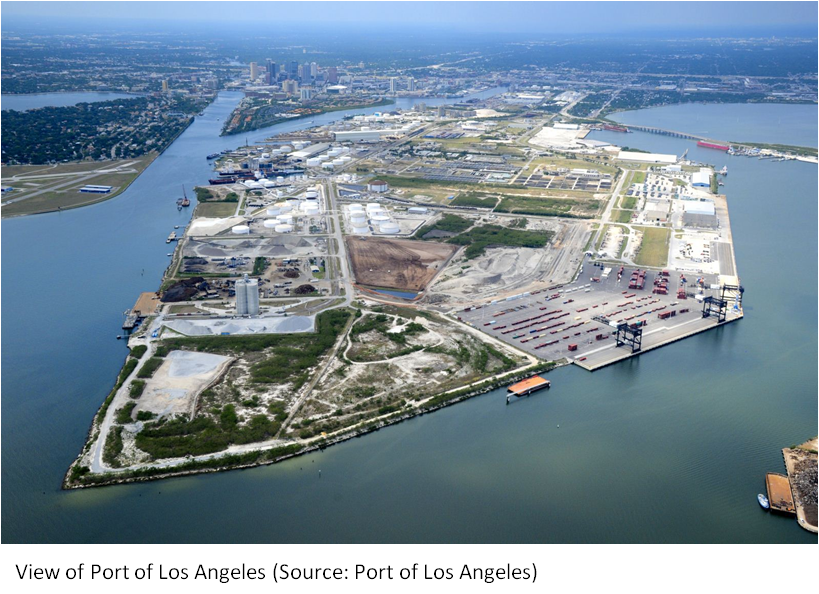Prices

August 21, 2014
Steel Volume at US Ports
Written by Sandy Williams
With August steel imports looking like they may exceed May’s high of over 4 million tons and the recent influx of steel at the Port of Houston, Steel Market Update asked other U.S. ports to give their assessment of steel volume and port conditions.
“The Port of Los Angeles has seen a surge in steel imports, mostly from Korea, since the beginning of 2014. The items are pipe, construction steel, and coils. Due to this surge, some of the ships had to wait outside the port waiting for an available berth. We’ve also noticed some tight capacity for flatbed trucks in the L.A.-area; however, the steel terminal compensated for this by offering evening gates, so shippers could get their cargo out. Increase of steel for the first six months of this year was about 34% over the first six months in 2013.” – Media Relations Manager, Port of Los Angeles
Port of Mobile
“Our steel market is very different in that this port is more centered around the automotive and steel service center. A very high percentage of our steel moves in or out of the port by barge and rail. We are not having issues with space or trucks now.” – Judith Adams, Vice President, Marketing, Alabama State Port Authority
Port of Savannah
Port of Savannah steel volume has been essentially flat year to date: 418,245 tons in 2014 compared to 418,814 tons in 2013. A spokesperson for the Georgia Ports Authority told Steel Market Update. “Ocean Terminal has the capacity to handle roughly twice the recent volume of steel products crossing its docks. Likewise, the private trucking fleet that moves our breakbulk cargo has kept pace with our freight volumes.”
“In fiscal year 2014, Ocean Terminal moved 418,000 tons of iron and steel,” said Georgia Ports Authority Executive Director Curtis Foltz. “With more than 50 trucking options and immediate access to Interstates 95 and 16, port customers can get their cargo to market quickly, without congestion worries. In addition, our on-terminal rail is also a strong option for breakbulk.”
The Port of Tampa
Port Tampa Bay has seen a strong increase in steel imports for the first seven months of 2014, said Wade Elliott, VP Marketing & Business Development, Port Tampa Bay.
“For the period of January through to the end of July, import steel tonnage was up by 49%, increasing from 108,797 tons to 161,622 tons. Products included angles, beams, billets, coils, pipe, plates/sheets, rebar, tubing and wire rod, as well as aluminum billets.
“On the storage side, we are in good shape as we have expanded our warehouse/transit shed capacity over the last few years.
“As far as connectivity is concerned, we are fortunate to have rail on-dock and frequently load/discharge directly to/from rail. A significant recent development on the trucking side was the opening in January of a new dedicated truck ramp connecting the port directly to the Interstate highway system.”
Port of Philadelphia
The Port of Philadelphia reports total cargo tonnage increased 13 percent in the first six months of 2014 compared to the first half of 2013. According to Philadelphia Regional Port Authority statistics , 194,519 metric tons of steel were handled January to June 2014 compared to the 116,249 tons handled during the same period of 2013, a 67 percent gain.








